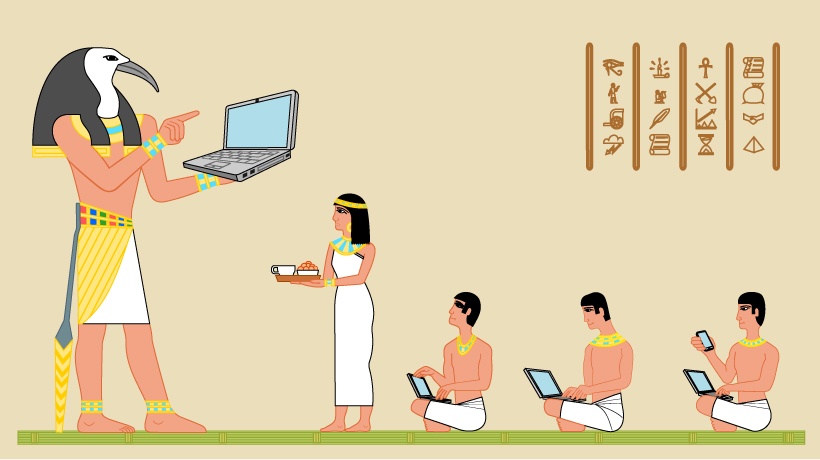False Beliefs About Learning And Development: 3 Most Commonly Known
In the training world, you would have often come across these phrases:
- “Yeah, blended learning is a much better way to transfer knowledge to employees…but…my organization is different…”
- “Yeah, the path to asynchronous learning is through mobile…but…the leadership won’t let me…”
- “Yeah, employees should be in charge of their own learning…but…we can’t measure it…”
- “Yeah, learning is more effective outside the classroom in an informal set up…but… our old school LMS can’t possibly support that…”
- “Yeah, chunking down training modules increases knowledge retention…but…it’s out of my comfort zone…”
It’s a relationship that is holding you back from shining, and moving forward. It is holding you back from even considering breaking the status quo. More importantly, this relationship is further separating Learning and Development from employees who need it most.
It’s time to end this toxic relationship, and put your ear to the ground. There’s a good chance that most 'facts' that you believe to be true are, in fact, nothing more than superstitious beliefs.
Beliefs such as:
1. An Employee Can’t Possibly Learn On A Small Screen
Think about it for a second. Do you find it difficult to recall today’s news stories just because you read them on your phone? Obviously not! The same is true for mobile learning.
2. Chunking Down Content Is A Waste Of Time And Energy
This can’t be farther away from the truth. Numerous studies have shown time and again that microlearning can be one of the most effective tools to boost knowledge retention and subject understanding.
Short bursts of information prevent the learner from getting bored during training. Microlearning also enables you to reinforce concepts on a daily basis.
3. Generic, Off The Shelf Content Is No Good For Your Company’s Learning Targets
We understand that some companies take great pride in the quality of their in-house training content, and most companies share at least a few, if not many, learning targets.
While some learning goals require a Sales rep to know the ins and outs of their product(s), some require an employee to know how to dress properly in an office. Don’t waste time in creating courses to fulfill the latter when you can simply open your eyes to the time-saving art of curation. Buy the ready-made training module from an LMS vendor that provides a content library of it’s own.
If you are guilty of putting your faith in these superstitions then do not fret. It’s not your fault. Rather, it’s basic human tendency. For us humans, it’s quite easy to think of why an 'approach' will not work. It’s even easier to cover our ears, close our eyes, and ignore the potential of a new future just for the sake of a successful past. We love to stay in our comfort zones and repeat the same thing over again. We ask ourselves: "Why recreate the wheel?".
Truth is, the wheel was recreated over and over again to suit different needs. Wooden wheels, alloy wheels, tubeless wheels, snow wheels, off-road wheels, high performance wheels — you name the purpose and there’s a wheel for it. So, why recreate the wheel? Because change and adaptability are important, and most of the times critical to progress.
It’s time to take time off from this relationship with old-school traditions and adapt to the changing face of Learning and Development. Flip your overused argument of "Yeah, but.." to a fresher "Yeah, and…"
- “Yeah, blended learning is the better way to go…and…this is how we can use it to boost training effectiveness.”
- “Yeah, the path to connected yet asynchronous learning is through mobile…and…here is some research that could give help us implement the same.”
At the end of the day, the choice is all yours. You may even be nodding in agreement as you finish reading this, and still thinking "...Yeah, I agree.. but … my organization is different you see".
Wake up. It’s not.
The fact is that employees may be different, their work may be different, but the needs of most employees are exactly the same as those of any other employee in the world. They wish for knowledge that will help them do their work better and also put them on an upward facing learning curve.
It’s up to you at the end of the day to choose to bring about a change and give them what they need.









